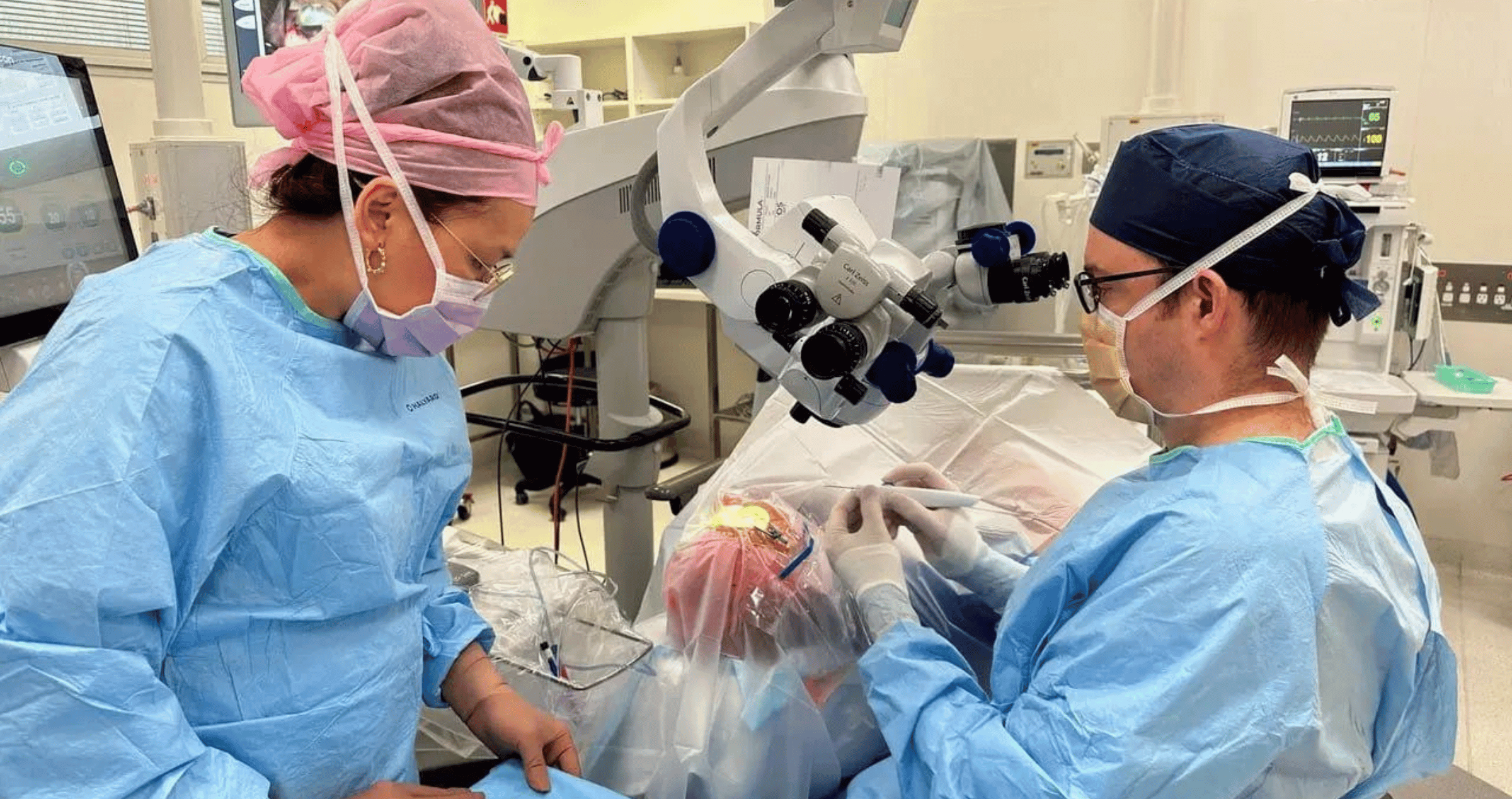Share
A new minimally invasive glaucoma surgical (MIGS) procedure called MINIject – iStar Medical’s innovative device designed for patients with open-angle glaucoma – has launched in Australia with Dr Nathan Kerr performing the first commercial cases on 1 November.

Offering a new treatment option in the Australian market, Dr Kerr said the MINIject device “aims to deliver safe, meaningful, and sustained control of intraocular pressure (IOP) by enhancing the natural outflow of aqueous humor from the anterior chamber to the supraciliary space, which is a novel approach among MIGS devices”.
Patient reimbursement is available for the procedure as it is listed on the prostheses list and utilises an existing Medicare Benefits Schedule code for the treatment of patients with open angle glaucoma not adequately responsive to IOP lowering drops or where there is intolerance to anti-glaucoma medications, when performed in conjunction with cataract surgery.
Five year data coming
Dr Kerr, will submit the five-year safety and efficacy data for the MINIject for presentation at the Australian and New Zealand Glaucoma Society (ANZGS) Conference in Hobart next February, said the device is an exciting development within “a rapidly evolving space”.
With several efficacious MIGS devices now available, he said surgeons can now make their choice, depending on factors including the patient’s severity and type of glaucoma, medication burden, and desire to be medication free. With ongoing research, he said a more evidence-based approach to device selection may soon be possible however in the meantime, the unique feature about the MINIject, is that it is the only device to target the supraciliary space, providing an additional option between Schlemm canal procedures (such as iStent, Hydrus, and iTrack) and more powerful but bleb-based procedures (such as Xen, Preserflo, and trabeculectomy).
“The procedure is minimally invasive, spares the conjunctiva, avoids bleb formation, and is an intuitive single-step process using a deployment wheel, making the surgery predictable and reducing post-operative management and recovery time,” Dr Kerr told mivision.
STAR material promotes natural flow
Made from a proprietary material known as STAR material, which has anti-fibrotic and anti-inflammatory properties, the MINIject’s “porous nature allows for natural fluid flow, reducing the risk of fibrosis and scarring while conforming to the eye’s anatomy for long-term effectiveness”.
“Clinical data from standalone trials up to two years demonstrate a 35-40% mean IOP reduction, with most patients achieving a significant reduction to under 15mmHg,” Dr Kerr said. “Additionally, approximately half of the patients were able to be drop-free, with a low rate of complications and no need for needling or bleb-management, which underlines the safety and efficacy of the MINIject device.”
Dr Kerr, who was Australia’s first ophthalmologist to be Fellowship trained in MIGS procedures, said it is exciting to be at the forefront of MIGS surgeries in Australia.
“I love glaucoma and I’m very passionate about new technologies that make surgery better, safer, and more effective for patients.”
Describing the MINIject procedure as “simple and elegant”. Having honed his skills performing hundreds of other supraciliary stents procedures, he said that despite operating with a new device, performing the first commercial MINIject procedure in Australia was more about “modifying existing skills than learning a new procedure”.


